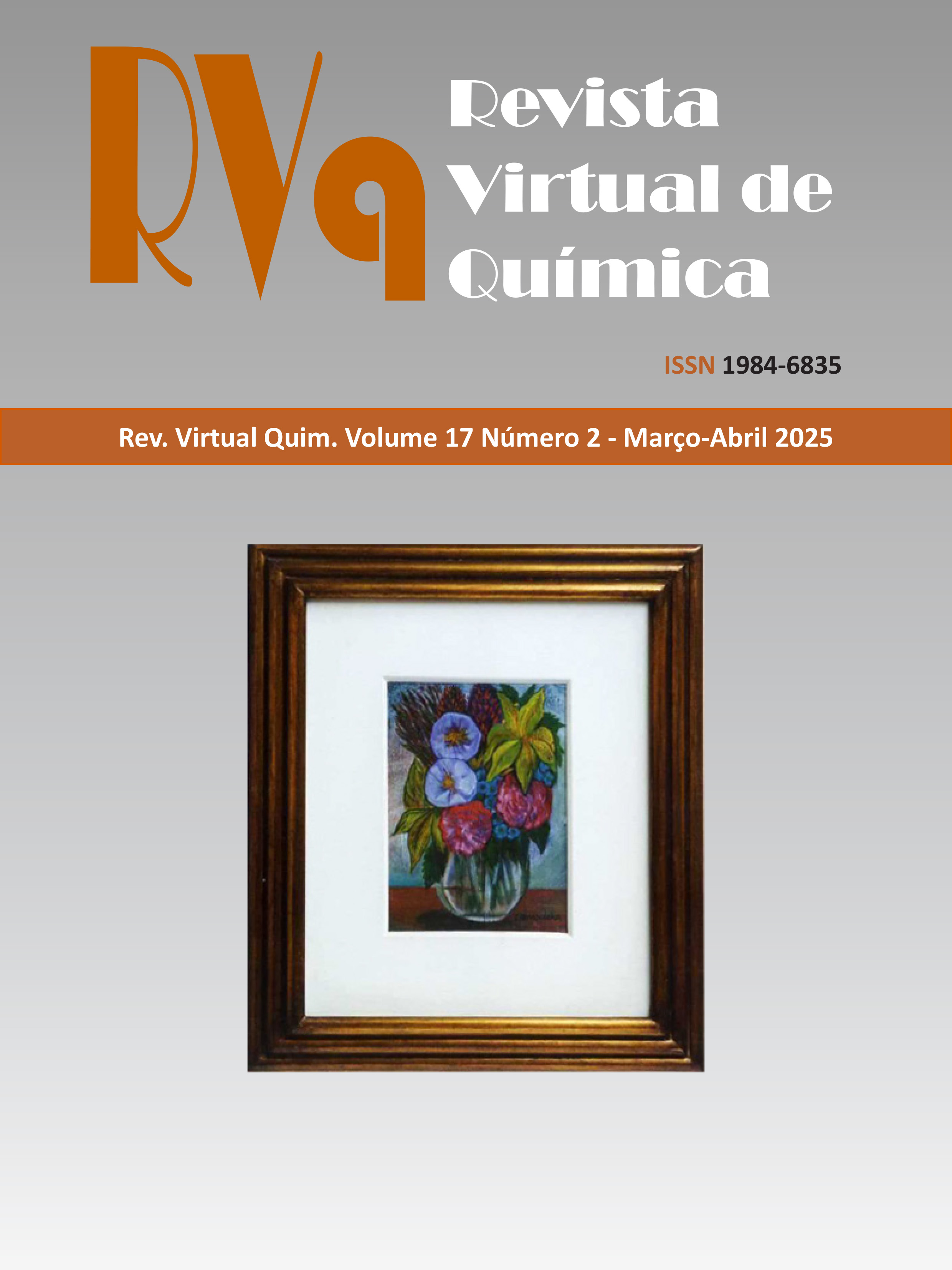Dinâmica e Análise de Variância da Depuração de Elementos Traço em Moluscos Bivalves, Provenientes da Ostreicultura na Região do Salgado, Estado do Pará
DOI:
https://doi.org/10.21577/1984-6835.20240055Resumo
Oysters are considered environmental bioindicators, as they accumulate chemical substances such as trace
elements in their tissues. This study evaluated the dynamics of the metals Cd, Co, Cu, Fe, Ni, Pb and Zn and
their purification process in oysters (Crassostrea rhizophorae) from the municipality of Salinópolis, Pará,
Brazil, using chemometric methods. Trace elements were analyzed by a simultaneous custom-designed
detector Inductively Coupled Plasma Atomic Emission Spectrometer (ICP AES). The levels of Pb and Zn
were above the Maximum Acceptable Limit (MAL) recommended by Brazilian Health Regulatory Agency
(ANVISA) Normative Instruction No. 88/2021 and by the World Health Organization, respectively. The
Tukey test showed no statistically significant difference between the different purification times, apart from
the enrichment of metals during the process. Cluster analysis showed the formation of two groups according
to the degree of similarity, with Cu, Zn, Fe and Ni standing out, demonstrating the natural bioaccumulation
of metals. Therefore, it can be concluded that hygienic and sanitary care is needed during food preparation,
in addition to improving the purification system for bivalves, and it is also important to find out how the
water column and the sedimentary phase contribute to the dynamics of metals in mollusk tissue.
Downloads
Arquivos adicionais
Publicado
Edição
Seção
Licença
Copyright (c) 2025 Revista Virtual de Química

Este trabalho está licenciado sob uma licença Creative Commons Attribution-NonCommercial-NoDerivatives 4.0 International License.
Autores que publicam nesta revista concordam com os seguintes termos:
Os direitos autorais para artigos publicados nesta revista são do autor, com direitos de primeira publicação para a revista. Em virtude do acesso público, os artigos são de uso gratuito em aplicações educacionais e não-comerciais desde que com reconhecimento da autoria e da publicação nesta revista.

